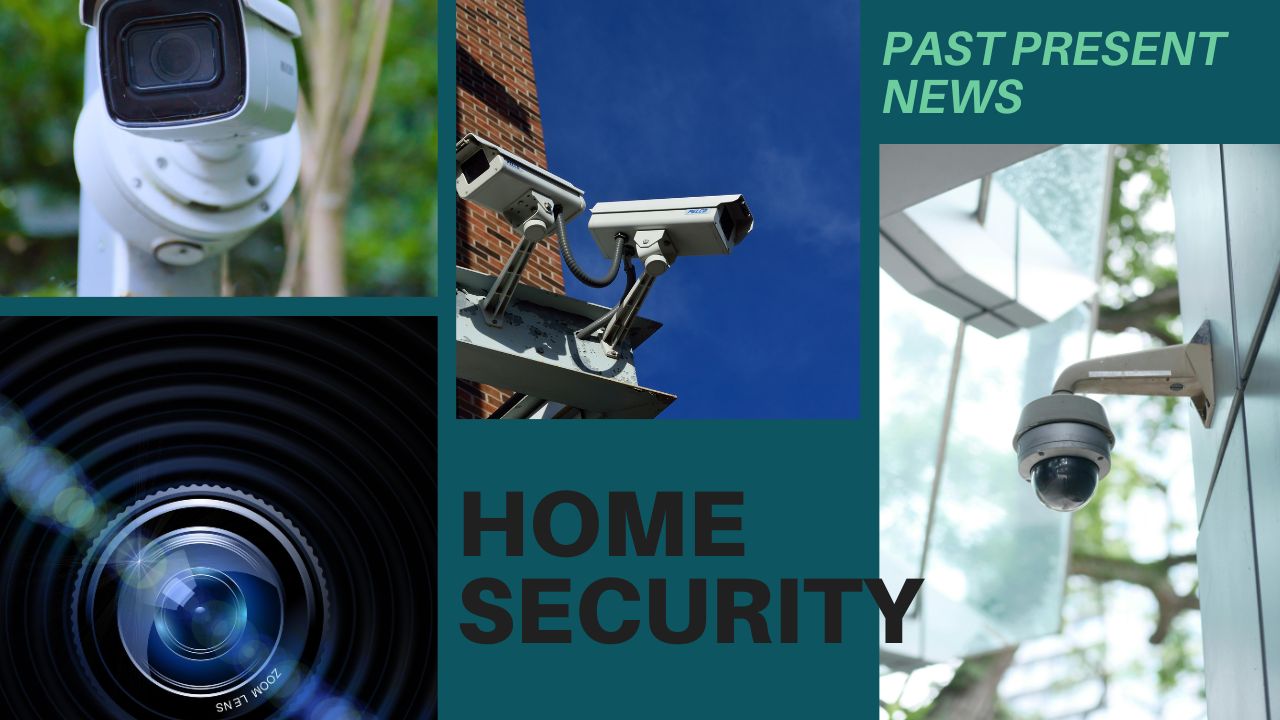
Imagine feeling truly safe and secure within your own four walls. Home security goes beyond mere locks and alarms; it’s about cultivating genuine peace of mind. In an era where concerns about break-ins and vandalism are increasingly prevalent, taking a proactive stance is no longer optional – it’s essential. Fortunately, bolstering your home’s defenses doesn’t require a fortress. By combining simple yet effective practices with readily available technology, you can significantly reduce risks and transform your house into a true haven. This article provides actionable DIY advice and explores modern technical solutions to help homeowners protect their property and, ultimately, their sense of security.
1. Vulnerability Assessment
Each home has its vulnerable spots. Begin by taking a night walk around your house. Identify dark spots, wild bushes, or open windows. Inspect all doors and windows for strong frames and functioning locks. Check fences and gates for gaps or damage. Don’t neglect garages and sheds—these tend to contain valuable equipment and tools. Jot down any issues. A professional security audit can also uncover concealed threats. With a clear idea of where vulnerabilities exist, it is simpler to prioritize fixes. This initial step guarantees that later security enhancements address the most critical vulnerability first.
2. Secure Entry Points
Intruders most frequently target entry points. Secure doors using solid-core materials and good deadbolts. Strike plates must be held in place by screws that extend to the wall stud. Sliding doors are enhanced by an easy-to-install metal rod within the track to stop lifting. Windows may be equipped with locks or security film to make them more difficult to break into. Garage doors require strong locking devices and motion-sensing lights overhead. Don’t forget about interior doors that open from the garage into the house—these need to be as secure as the front doors. By securing these entry points, homeowners can take a big step in preventing forced entries.
3. Light Up Your Perimeter
Lighting is an easy deterrent that can send intruders packing. Mount motion-sensing lights on all sides of the house. Target dark spots, doors, and walkways. Solar-powered lighting can be used for unwired areas. Inside, think about having lights set to timers to mimic occupants being home away. Random on-off timer programming can be set with smart bulbs. Yard lighting adds curb appeal and lights the way for guests safely. Properly illuminated yards limit hide spots and help surveillance cameras work more effectively. Regular lighting not only discourages intruders but also provides a friendly touch to the outside of the house.
4. Invest in Monitoring Technology
New monitoring devices give homeowners real-time information about activity in the home. Security Camera Systems installed at strategic locations—front doors, backyards, and driveways—record clear images day and night. Most systems allow remote viewing through smartphone apps. Alerts can inform homeowners of motion detection or unusual noises. Two-way audio cameras enable verbal deterrents against trespassers. Cloud storage of the video helps keep evidence secure even in the event of tampering with the cameras. The integration of cameras with other security gadgets produces an integrated system. These systems provide homeowners with the capability of viewing their homes remotely, adding the all-important layer of security.
5. Smart Locks and Access Control
No more hiding spare keys under doormats. Smart locks provide code, biometric, or smartphone app-based keyless entry. Visitor codes for guests or service professionals can be programmed temporarily and canceled immediately. Who comes and goes, and at what time, is logged in by features such as logging. Various locks are also integrated with smart home platforms, enabling locking doors during nighttime or when the residence is vacant. Video doorbells, featuring cameras and two-way speakers, enable homeowners to screen individuals at the door prior to opening it. These products minimize the risk of unwanted access and do away with concerns about misplaced keys.
Conclusion
Enhancing home security doesn’t need a full-scale overhaul. By evaluating vulnerabilities, securing entry points, and using good lighting, homeowners build a solid first line of defense. Spending on monitoring equipment and smart access control adds sophisticated protection, and automation simplifies routine tasks and boosts security. Each enhancement forms part of a total security strategy that discourages intruders and provides peace of mind. With these real-life hacks and technologies on board, a house is no longer merely a roof over one’s head—it is a haven in which families can feel genuinely secure. Read more






